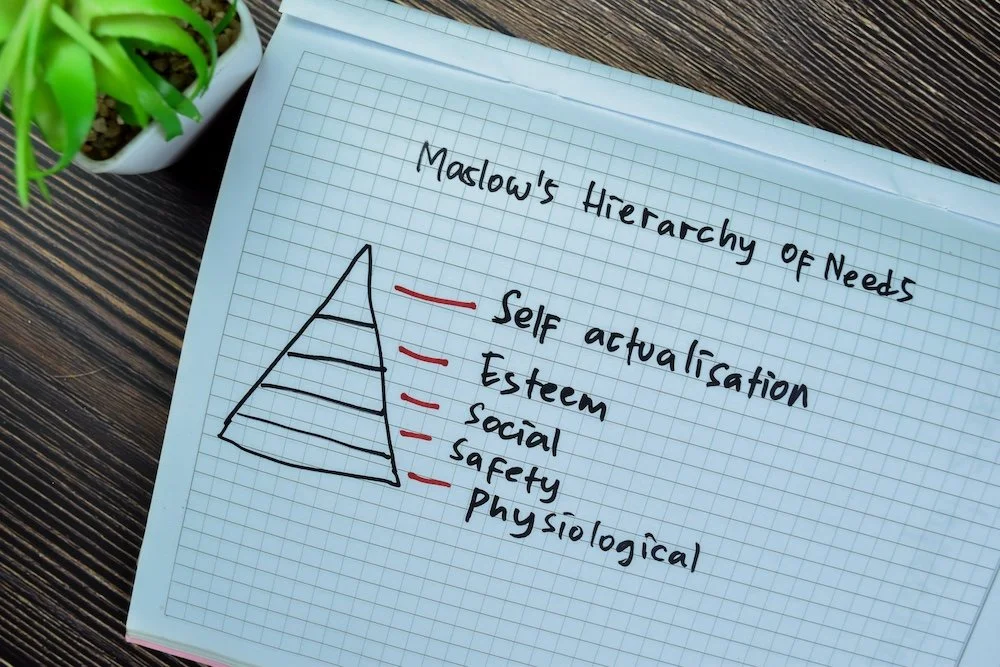Day 20: Conflict Components - Underlying Needs
By: Sara Barnes
Human needs drive conflict.
Our lives are made up of the drive to satisfy needs. From the human needs for food, water and sleep to the needs of fulfilling relationships and the need for meaningful work, we can trace our life history through the process of attempting to meet our needs.
Does having needs mean
I'm needy?
The language plays tricks on us in this case. Being needy has come to imply, at least here in New England, that we aren't self-sufficient, and it has a bad connotation. Having needs is synonymous with being human. No judgment, everyone has needs and that is the human condition. What we do all day, every day, is work to, try to, struggle to and push to satisfy our human needs.
Here are some examples of our daily needs as humans:
Need for Connection -- I'll call my sister.
Need to quench my Thirst -- Get a drink of water.
Need for Security -- Check that I locked the car door.
Need for increased Comfort -- Turn up the heat.
Need for Rest -- Go to sleep.
All the bold words above are needs. We're so used to how the day goes, we don't really notice them, but needs are always there.
Not just you, everyone else.
It’s enough for most of us to just get through the day and strive to meet our own basic needs, and maybe occasionally a higher-level need such as self-actualization. Right alongside us are other people with whom we interact who are doing the exact same thing. Working to satisfy their own needs. Although we are all human and have similar needs, they don't always intersect gracefully. As you are working to meet your needs, you may be impacting another person's ability to meet their needs. Hence, conflicts.
Look through the needs lens:
It's helpful to think about the actions of others in terms of meeting needs. Just making use of this lens helps open up a whole new way of seeing what others are doing -- especially when they are in conflict with our own way of thinking.
Here's how to use the needs lens:
The other person is doing/has done something with which I am in conflict.
What's my need?
What do I think is the other person's need?
Needs are not good or bad:
Needs are just needs. This process doesn't work if you're going to negatively judge other's needs. If we get up close and learn more about the other person, we see that they are trying the best they can to meet their own needs and understand what meeting needs are all about. Just like us.
People do things for a reason and often the reason can be explained when we apply the needs lens and find what they are driving toward.
Maslow’s Hierarchy of Needs:
In the 1940's, Maslow came up with the idea of the Hierarchy of Needs -- the idea that there are some basic foundational needs with additional levels that layer on top of those. The image below depicts the basic hierarchy. Maslow thought it was a step-by-step process. But, since then, we've seen it can be much more interwoven.
Try applying the needs lens when you are in conflict -- for yourself and for the other person. Do your best to remove judgment because we are all doing the best we can to meet our own human needs minute by minute, hour by hour, day by day, lifetime by lifetime.

